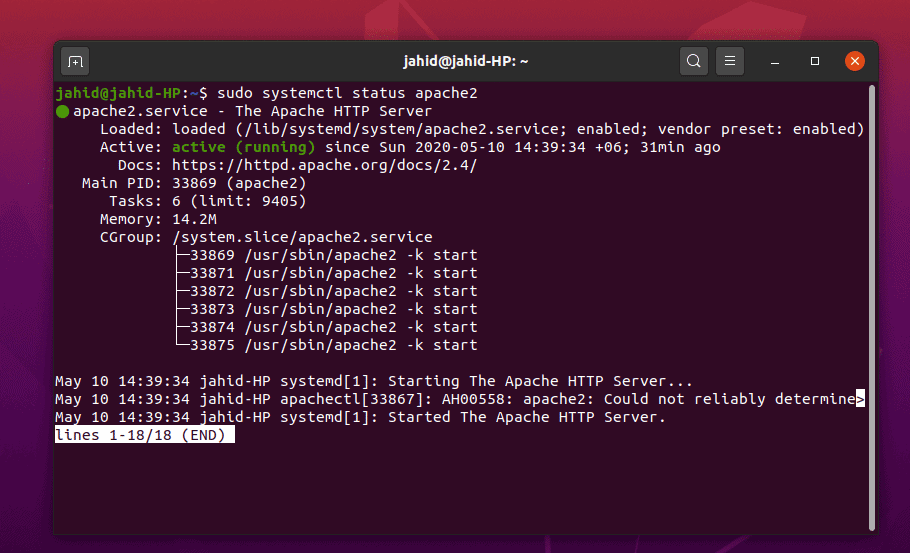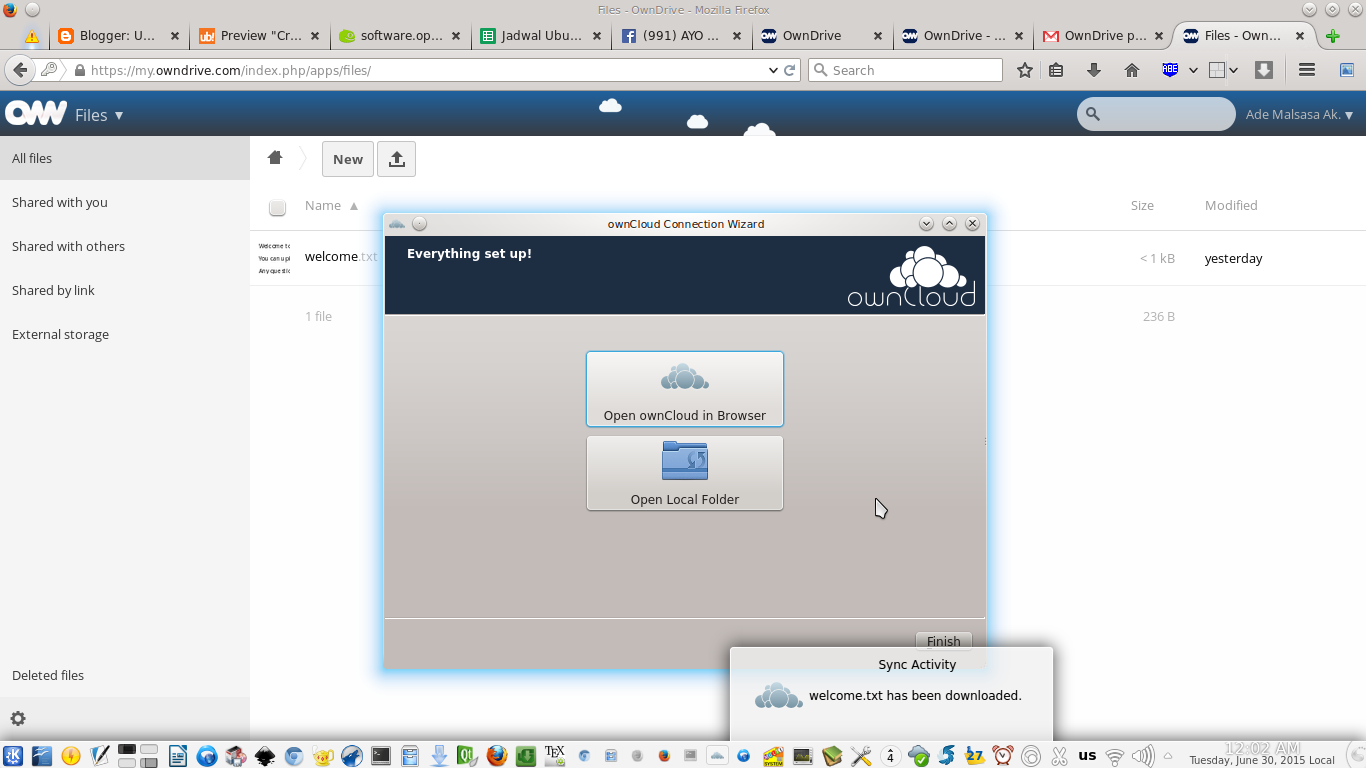

To use port 443, you have to add in front of the URL and accept the self-signed certificate. The port 80 button will work out of the box. They are links to your ownCloud login page. At the top of the play-with-docker interface you can now see two buttons, for port 80 and 443. Of course you can create a file backup (e.g. cc./cache.aspxd5064041662254020&wvESdMQWh2F-3EhghlYsgI-CPhm5RlaG Ğxecute the command and your ownCloud server is running.

Using OwnCloud as a backup tool for your Linux home is not recommended, at least not directly in order to be compatible with multiple operating systems and apps, OwnCloud doesn't handle file names starting with dots properly, and file anmes also don't always appear to be fully case-sensitive, and permissions are not preserved either. Create a database with this command: CREATE DATABASE owncloud Create and assign privileges to a new MySQL user to handle database operations for ownCloud. This can be done from the OwnCloud interface by specifying a local data disk directory (like /data2/mysyncdir).

make sure you specify different local directories, unless of course you want to sync the same content to multiple locations.Īlso make sure you choose a local directory that is not on your home disk, to avoid quota issues when downloading files. It is possible to connect to multiple OwnCloud servers, eg the institute server and SurfDrive.
Owncloud command line password#
Be sure to substitute PASSWORD with your own password: GRANT ALL ON ownclouddb. Once started and configured, it will add itself to your desktop session, so it will start automatically when you log in the next time. create your ownCloud database: CREATE DATABASE ownclouddb Create a new user with the necessary privileges, including a strong and unique password. It can be started from the Accessories menu, or from the commandline by running the command owncloud. On our Linux desktops, the OwnCloud client is already installed.


 0 kommentar(er)
0 kommentar(er)
